Seventeen Going On Eighteen
Periodical-print teen publications of the 1960s and 1970s have lost the race to the instant gratification brought on by the Digital Age. Teenagers drool over their devices instead, creating and forwarding photo-heavy celebrity gossip posts, tweets, and memes on social media. But there was a time when teen magazines satisfied this demand for intimate celebrity connections…
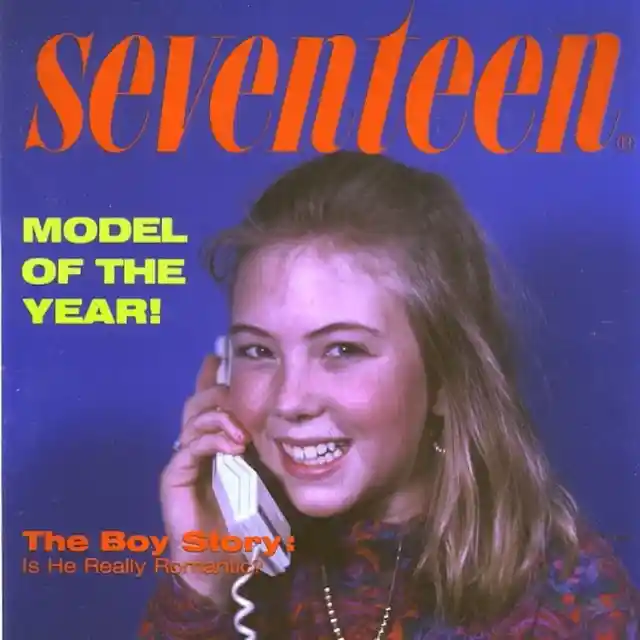

Paving the way was Seventeen magazine. Seventeen began as a lite version of adult women’s fashion magazines like Cosmopolitan, Glamour, and Vogue. Youth-focused articles were more journalistic than fanatic. And they avoided most of the mania over young male stars. That might explain its longevity as a periodical. And, arguably, its status as the gold standard for understanding young women’s consumer demands.
Teenyboppers


The term ‘teenybopper’ originated as a somewhat derisive term in the 1950s. It mocked young teenagers who were overly immersed in pop culture, rock ‘n roll music, fashion fads, and worshiping teen idols. But as is the natural evolution of cynical terms, it was embraced and even celebrated. And then, receptively marketed, it developed into a subculture. Even though the slang term is no longer in prevalent, the overall concept lives on.
Clever Marketing Strategies
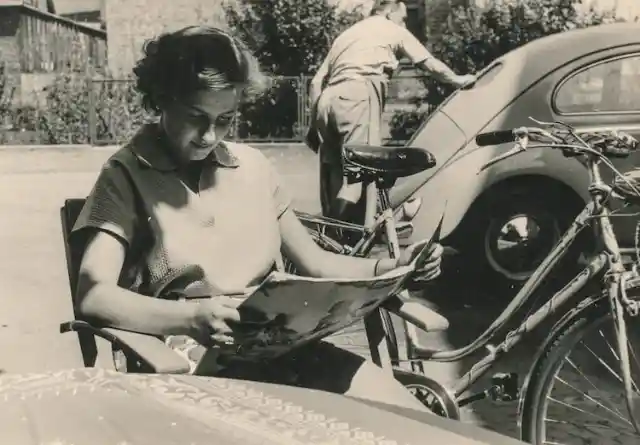
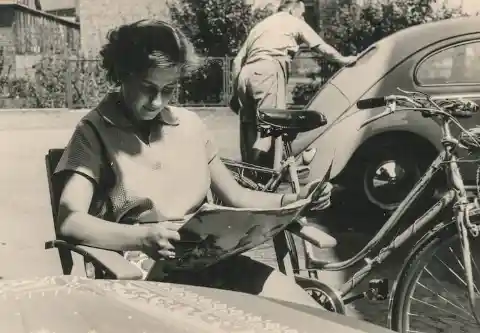
Catering to this niche, teen magazines flooded the market in the 1960s and 1970s. Publishers worked out that young teens who were buying music albums and concert tickets would be a prime marketing target. And they were right.
Teen magazines became a common fixture in the impulse-buy racks near the checkout of grocery stores. While parents unloaded shopping carts, young teens would flip through the readily available magazine stock while waiting in line.
Magazines like Tiger Beat, Teen, 16, Teen Beat, and Right On featured softball-interviews, backstage insights, and the latest teen-idol gossip. This combination was presented in a way to deliberately encourage celebrity crushes. They were marketing an intimacy cultivated especially for adoring teen fans.
And obsessions with cute teen idols were further catered to by the addition of colorful celebrity centerfolds. Teen boys and girls alike carefully removed glossy spreads from their staples and wallpapered their bedroom – walls and ceilings – with pictures of their favorite actors and musicians.
Self-Policed Media Saturation
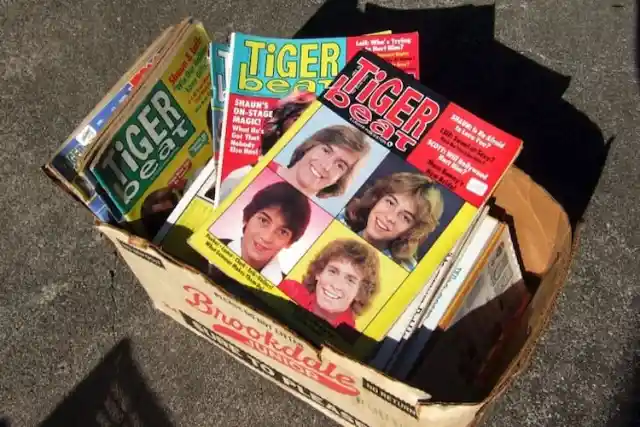
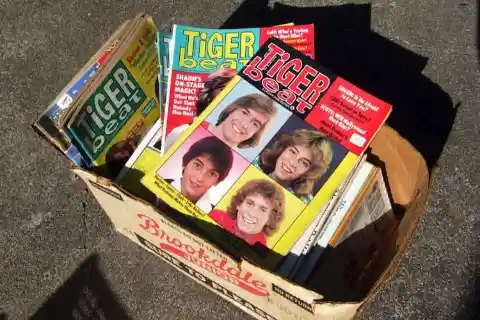
Cluttered covers featuring wholesomely handsome faces were an integral cog in the celebrity promotion machine. Even passing, but frequent, mentions on the magazines’ gossip pages was desirable.
But the most mainstream magazines practiced self-policing of who or what was appropriate for teenybopper exposure. Impressionable young minds were taken into account. If a celebrity or group behaved too scandalously or overtly sexual, they’d find themselves virtually ignored rather than promoted.
Survive And Thrive


Times have changed, and surviving periodicals have discovered they must adapt to Generation Z. This means refocusing heavily towards the online market. With lowered attention spans brought on by big data, the oversaturation of today’s youth demands shorter articles with sensationalized headlines, more soundbites, and less artificial doctoring of photographs. And while one celebrity misstep might have diminished from memory over time in the past, the internet is forever.